Environmental effects in and around forming high-mass clusters
Adam Ginsburg
Assistant Professor, University of Florida, Gainesville
John Bally, Ashley Barnes, Nate Bastian, Cara Battersby,
Henrik Beuther, Crystal Brogan, Yanett Contreras, Joanna
Corby, Jeremy Darling, Chris De Pree, Roberto Galván-Madrid,
Guido Garay, Jonathan Henshaw, Todd Hunter, J. M. Diederik
Kruijssen, Steven Longmore, Xing Lu, Fanyi Meng, Elisabeth A.C.
Mills, Juergen Ott, Jaime E. Pineda, Álvaro Sánchez-Monge,
Peter Schilke, Anika Schmiedeke, Daniel Walker, David Wilner,
Leonardo Testi, Rowan Smith, Ke Wang, James Dale, Robert
Loughnane, Erik Rosolowsky, Eric Koch, Ciriaco
Goddi, Brett McGuire, Dick Plambeck, Melvyn
Wright
Students:
Justin Otter, Andreas Schwörer
This presentation can be found at https://keflavich.github.io/talks/
or, until September 22, 2019, at http://small.cat/cap
Caveat
I gave this talk as the very first one of the StarFormMapper 3 conference. Over the course of the conference, I learned that some of the results I thought were accepted and uncontroversial are, in fact, neither. There is still active discussion about whether the mass at a given size scale evolves during cluster formation, i.e., the static collapse model is still possibly viable.How do bound clusters form?
- The mass is pre-assembled in "starless" clumps, then collapses
- The mass is assembled as stars form: there is no starless phase, gas comes from larger scales
- Better supported by observational timescale arguments
- "Conveyor Belt" of Longmore+ 2014
- Stars form in substructures, then merge into clusters
(e.g., Fujii+ 2012)
- However, Kuhn+ 2019 used GAIA to show young clusters are expanding and subclusters are moving away from each other
How do clusters form?
Growing consensus that they form by "conveyor belt": material flows in from large scales over several free-fall times.- Krumholz & McKee 2019 (theory), Krumholz, McKee, and Bland-Hawthorn ARAA 2019 (overview)
- Walker+ 2016, Barnes+ 2019 for CMZ case studies
- Urquhart+ 2018 for the Galaxy overview (talk this session)
YMCs start large, collapse to small
- Gennaro+ 2017: Westerlund 1 is collapsing
- Walker+ 2015, 2016: gas is more extended than stellar cluster
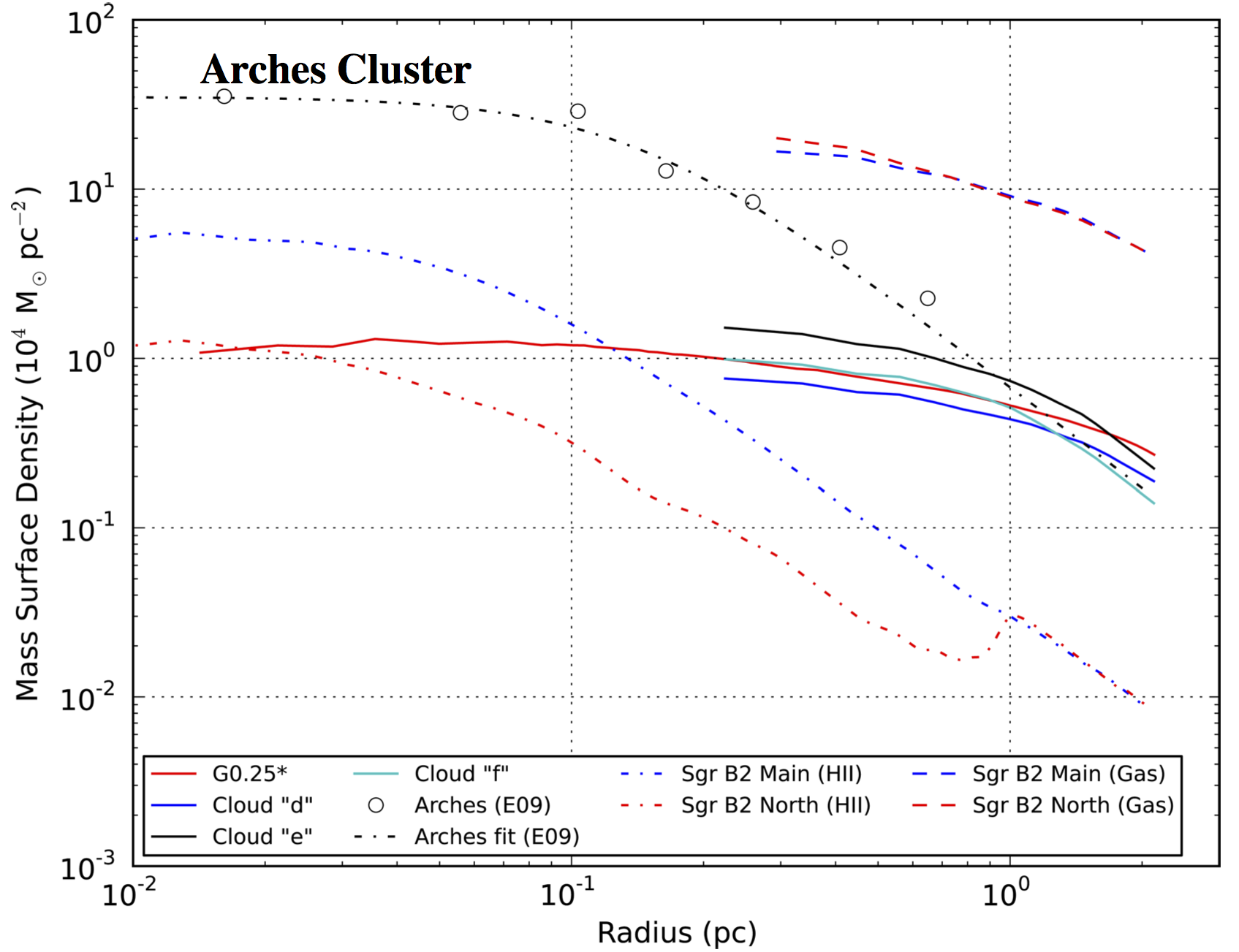
Simulation: Accretion from large scales
Catalogs of forming clusters in the Galaxy constrain their formation path
- Galactic plane surveys find few (~10s) of high-mass protoclusters
- Ginsburg+ 2012, Urquhart+ 2014a, b, 2018, Longmore+ 2014, 2017 Contreras+ 2017
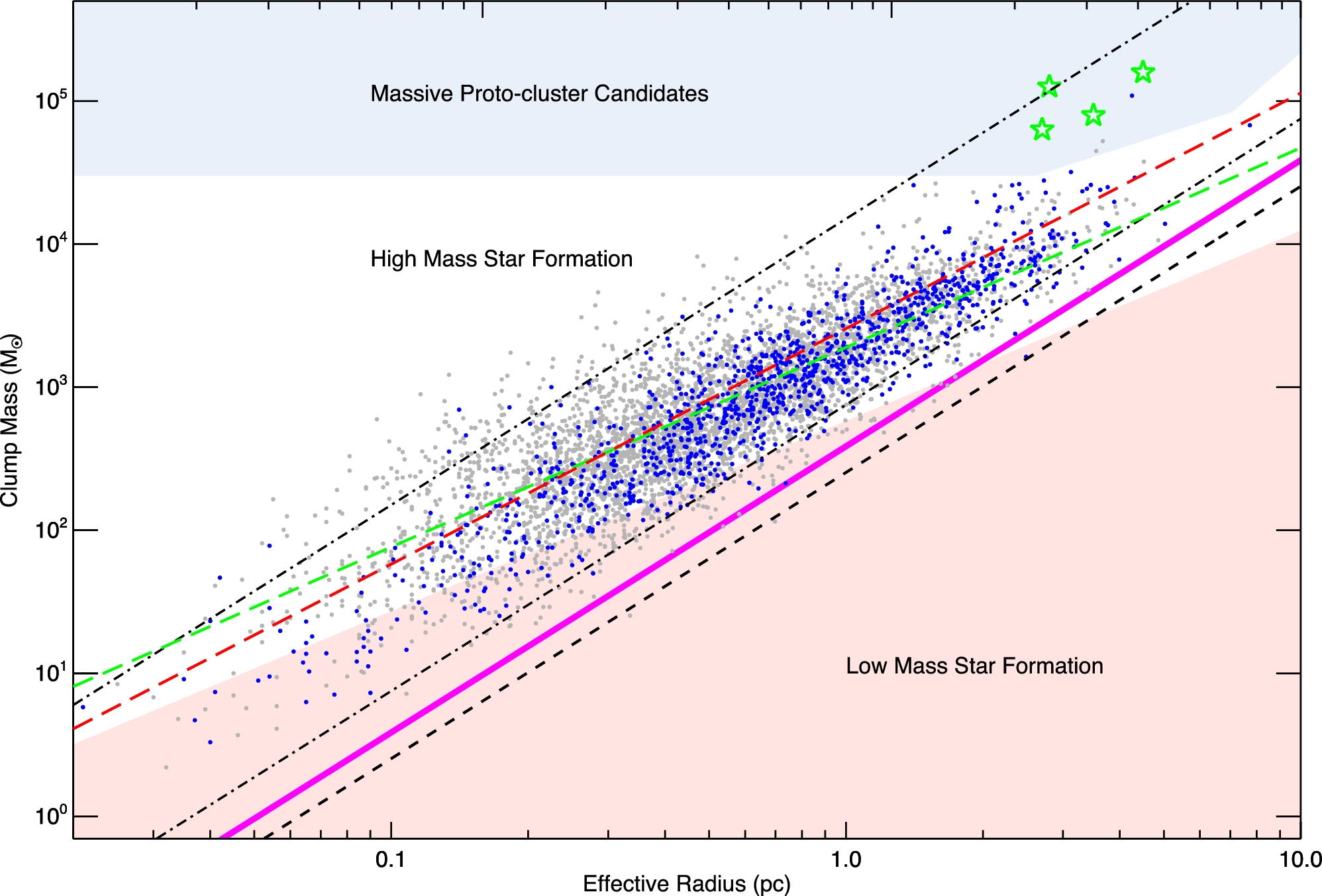
How does cluster formation depend on environment?
- The cluster mass function slope appears constant (empirical; Krumholz, McKee, & Bland-Hawthorn 2019)
- Combinations of shear and feedback destroying parent clouds limits the mass of the most massive cluster in a galaxy (theory; Reina-Campos & Kruijssen 2017)
- The density of the ISM limits the minimum cluster mass, as bound objects cannot remain independent above a certain density (theory; Trujillo-Gomez+ 2019)
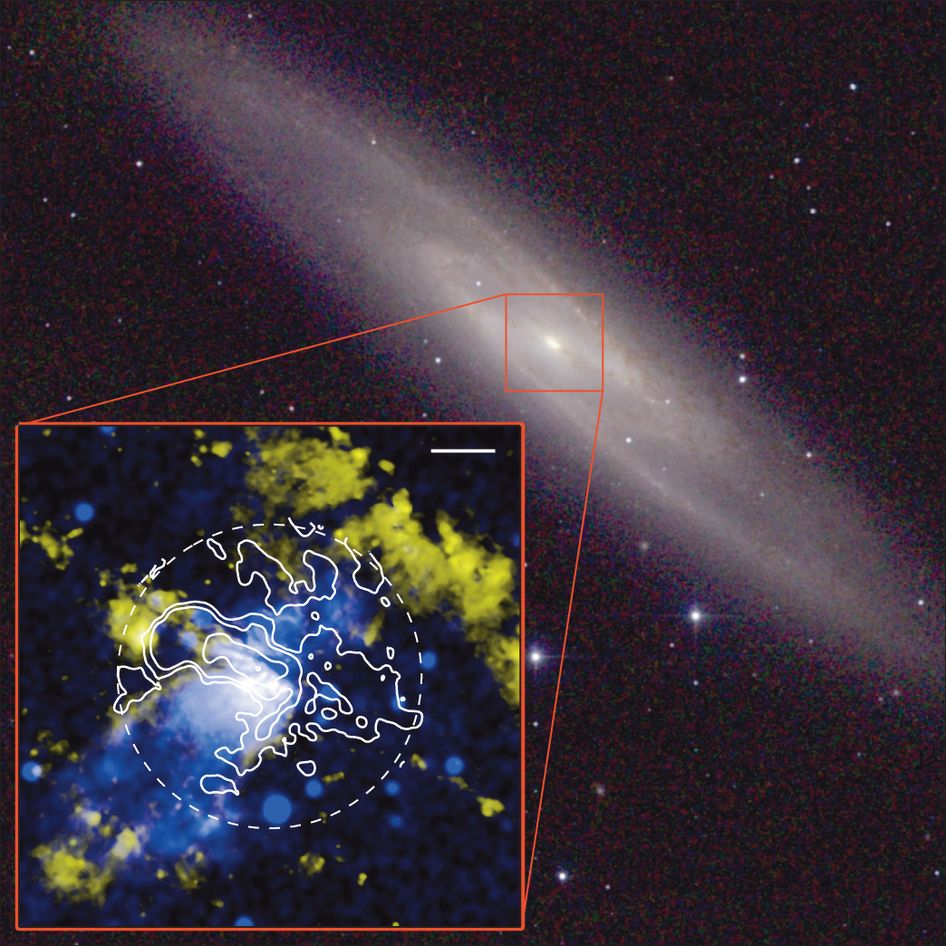
Leroy+2018 resolved the starburst into protoclusters
These protoclusters account for up to 100% of the starburst
NGC 253 protoclusters;
our Galaxy's biggest clusters are slightly smaller & less massive
The extragalactic view of Galactic clusters
If you put Sgr B2 in NGC 253, it would be on the faint end of the detected clusters, but would be detectable.
(moderately) less massive clusters were detectable but not detected in NGC 253:
The extreme starburst may preferentially produce high-mass clusters:
theories say it has both a higher high-mass cutoff and low-mass cutoff to the mass
function
The Galactic Central Molecular Zone is home to the most massive forming clusters
Cold Dust
Hot, ionized gas
Hot dust/PAHs
Hot, ionized gas
Hot dust/PAHs
The Galactic Central Molecular Zone is home to the most massive forming clusters
The Galactic Central Molecular Zone is home to the most massive forming clusters
Cluster Formation Efficiency
- What fraction of all stars form in bound clusters?
- Not all do (e.g., Bressert+ 2010, Ward & Kruijssen 2018)
- Varies with environment, increasing toward higher density
- More stars formed in higher density regions in the early universe, so more in clusters
- We can measure this locally, given an appropriate change in environment
Sgr B2: Most massive cloud + protoclusters
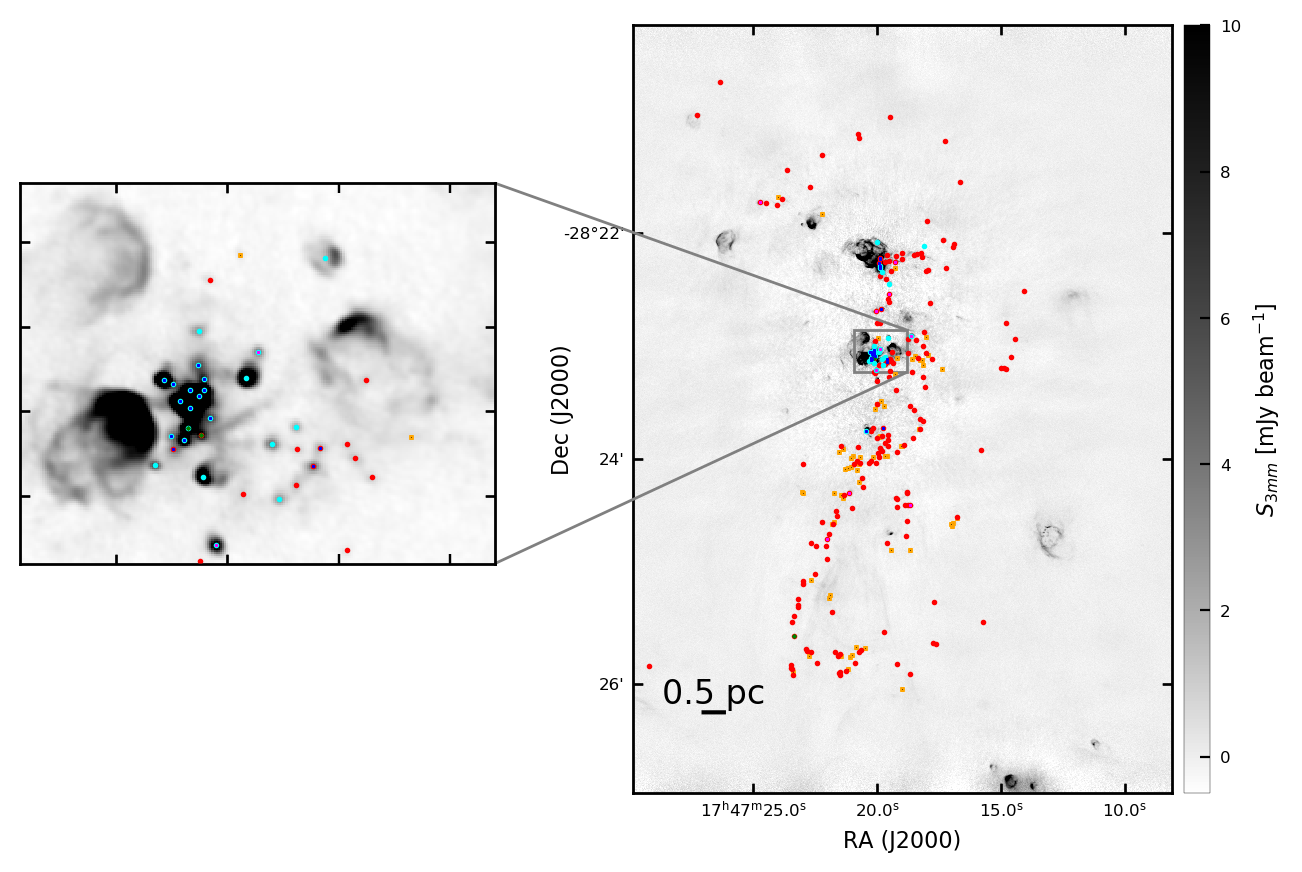
Protostar-counting observations
Tightly bound cluster: \(\sigma_{1D} \sim 9-12~\mathrm{km~s}^{-1} \)
\(\sigma_{1D} < v_{esc} \sim 14~\mathrm{km~s}^{-1}\)
from RRL LOS velocities
Un- and clustered star formation in the same event
(Ginsburg+ 2018)
In denser (parts of) galaxies, more stars form in clusters
Γ is the fraction of stars forming in bound clusters
Galaxy averages
"Bound Cluster Fraction" is predicted higher the CMZ
Γ is the fraction of stars forming in bound clusters
Galaxy averages
CMZ prediction
The "Bound Cluster Fraction" is higher in the CMZ
Γ is the fraction of stars forming in bound clusters
Galaxy averages
CMZ prediction
Sgr B2 data
Sgr B2 data
Sgr B2 N: Collapse
Collapse is morphologically obvious
(Schwörer+ 2019)
There is evidence of accretion from larger scales
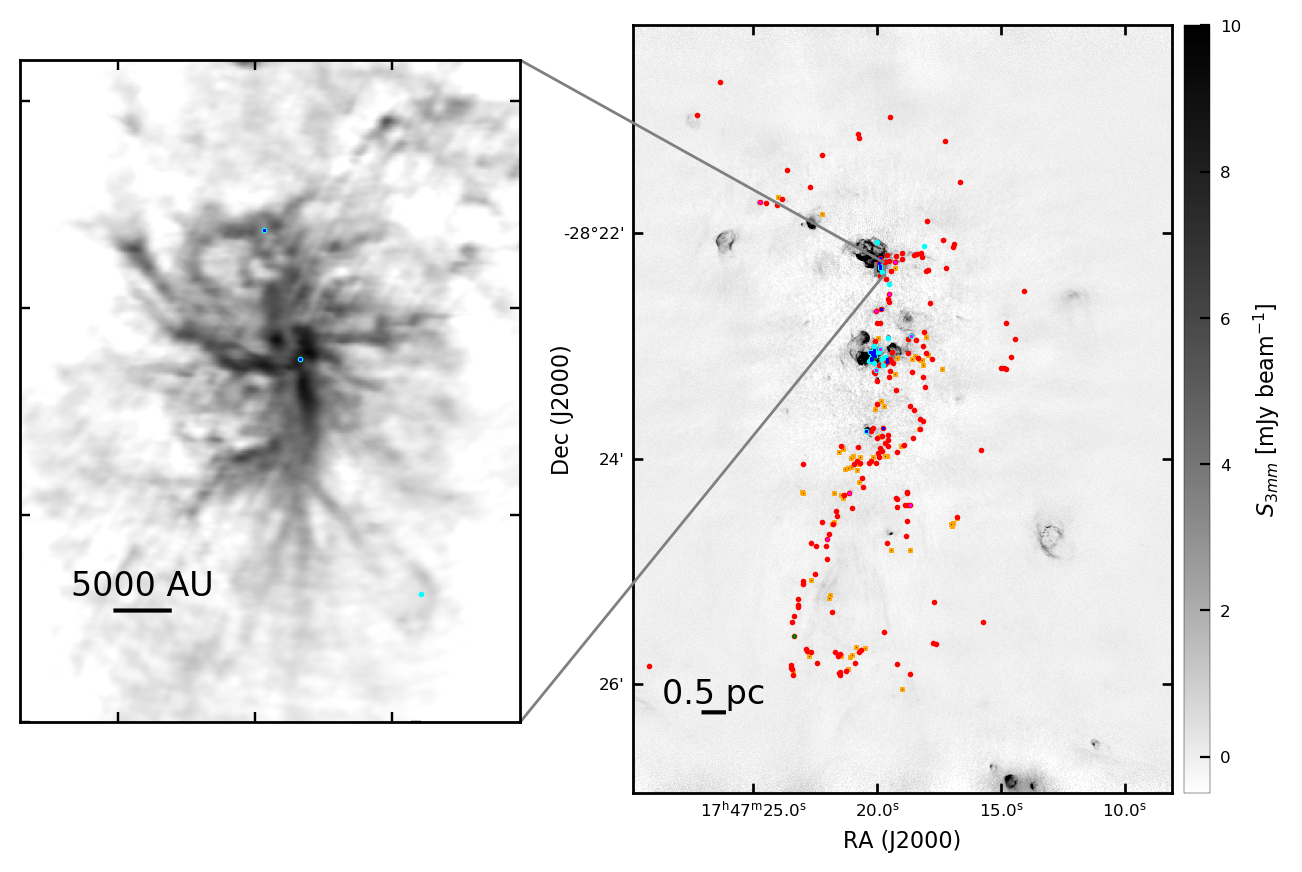
A closer look at Sgr B2 N
CH3OCHO: red, C2H5CN: blue, 242 GHz continuum: green

A closer look at Sgr B2 N
Schwörer+ 2019: Accretion along filaments
Several filaments have velocity gradients pointing in to the central region (~2000 \(\mathrm{M}_\odot\)) of Sgr B2 N: the central cluster (~0.1 pc)
is accreting from ~half-pc scales
Protostars are also being accreted
Protostars are also being accreted
A closer look at Sgr B2 N
Schwörer+ 2019: Accretion along filaments: \(\sim0.1~\mathrm{M}_\odot \mathrm{yr}^{-1}\)
Clusters get their mass from outside - they accrete
More material means proportionally more stars form in clusters
More material means proportionally more stars form in clusters
How is star formation in high-mass clusters different?
- The IMF should depend on density, feedback (e.g., Jones & Bate 2018, \(M_c \propto \rho^{-1/5}\) )
- Feedback from one star affects many in clustered regions
- Total star formation efficiency is higher (because it goes on for more \(t_{ff}\)s?). SFEff may be higher?
- Collisions assemble the most massive stars?
(e.g., Fujii+ & PZ 2013, but see Moeckel & Clarke 2011)
IMF development: ongoing work
(slide from Roberto Galvan-Madrid)
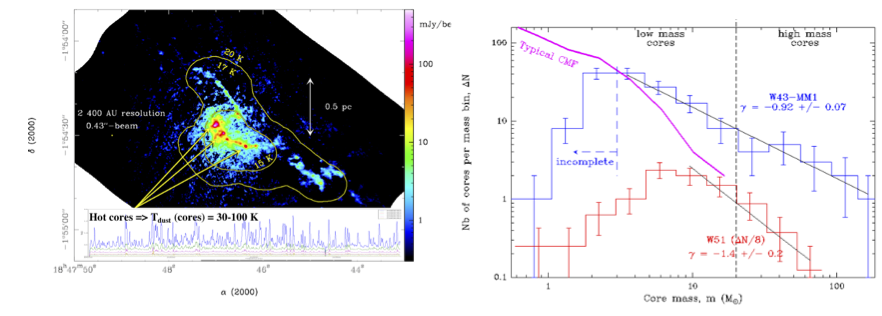 Possible top-heavy CMF in W43, more Salpeter-like slope in W51? To be confirmed.
Possible top-heavy CMF in W43, more Salpeter-like slope in W51? To be confirmed.
Accreting massive young stars affect their environment
Accreting massive young stars affect their environment
More material is flowing in to be heated
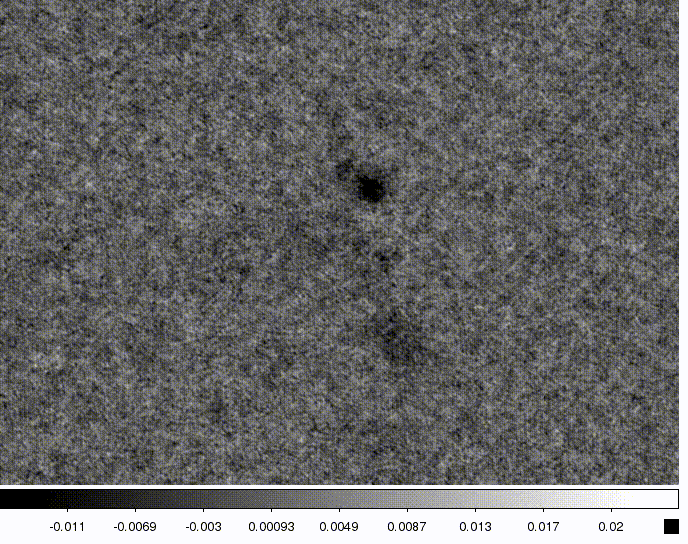
W51-E N2H+ from ALMA-IMF
The same thermal feedback affects Sgr B2, though more extremely
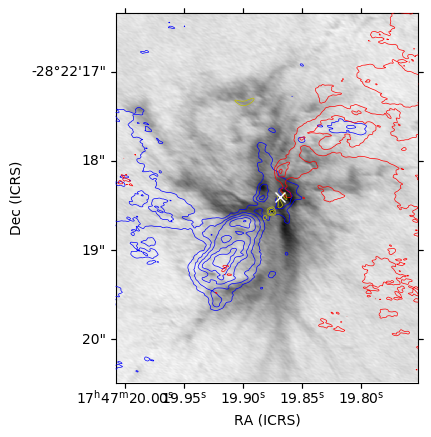
And W49....

There is less direct evidence that lower-mass clusters (which generally contain less massive forming stars; Orion Source I is \(15\mathrm{M}_\odot\)
and heats only its 100-AU disk to >100 K)
are affected by such thermal feedback, but they exhibit other effects...
Evidence of disk truncation compared to low-mass SFRs in the embedded regions of Orion
(Justin Otter+, in prep)
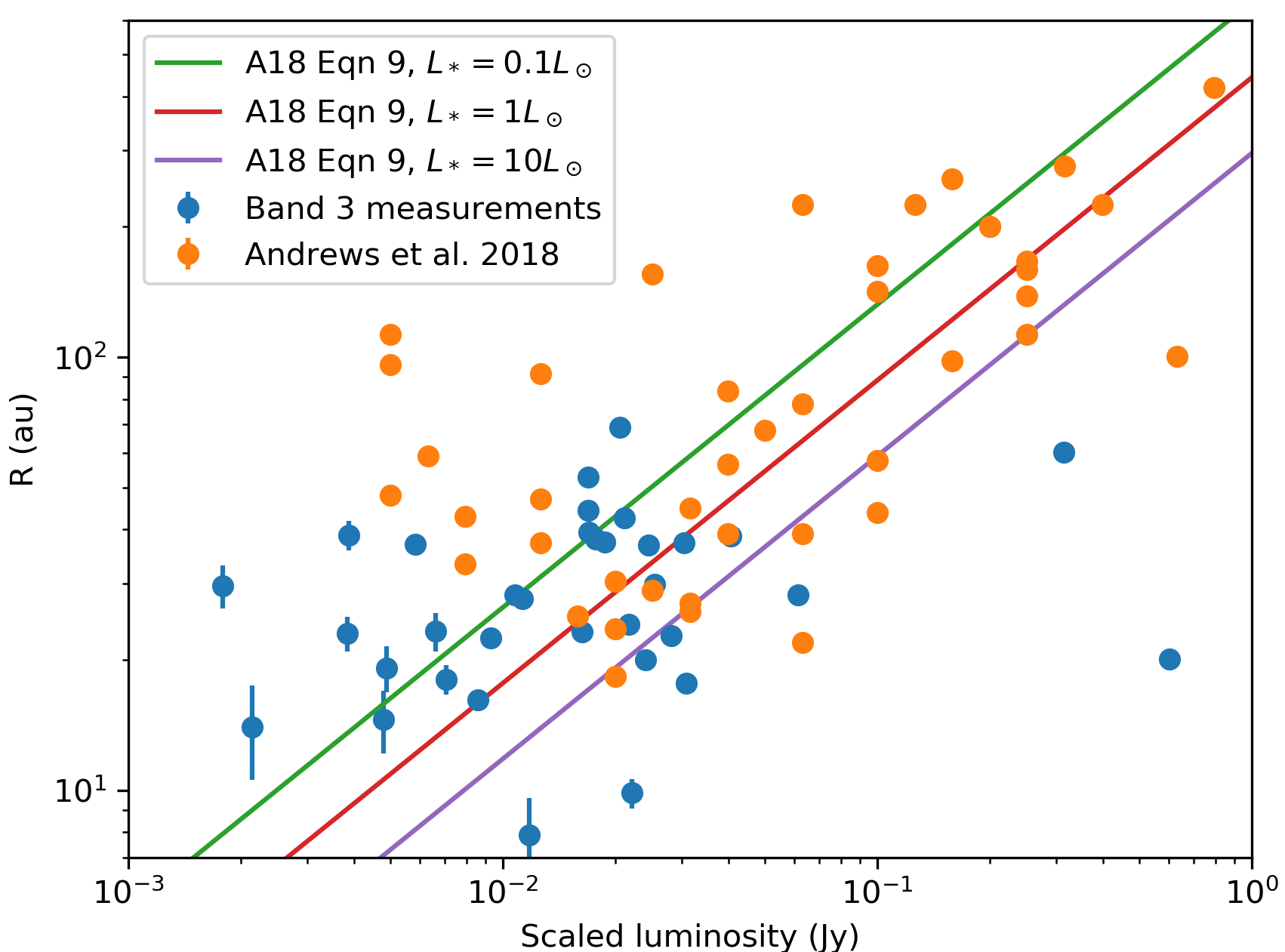
How is star formation in high-mass clusters different?
- The IMF should depend on density, feedback: WIP
- Feedback from one star affects many in clustered regions: Evidence in W51, others WIP
- Total star formation efficiency is higher (because it goes on for more \(t_{ff}\)s?). SFEff may be higher? (hinted at in NGC 253, otherwise not seen in this talk)
- Collisions assemble the most massive stars?
No evidence presented here - Sgr B2 and Orion are tantalizing places to look
-
Interactions certainly affect disks: Orion's disks are smaller than other SF regions'
Summary
- Clusters gain mass as they form
- More stars form in bound clusters in higher density regions
- Within forming clusters, feedback from the most massive stars affects neighbors, suppressing fragmentation
- Dynamical interactions are important in clusters, which means disk properties are different (they're smaller)

Future Directions
- Complete census of spatial and mass distribution of protostars from the ALMA-IMF program
- A direct connection between the protostellar and stellar populations with JWST imaging and spectroscopy to pierce the extinction layers
YMCs are the best local analogs
of proto-Globular Clusters
- and they're pretty good analogs
- GCs probe Galaxy formation histories
- Open questions in GC populations to address with YMCs:
- How does the power-law cluster MF evolve to a peaked one?
Low-mass get destroyed, e.g. Kruijssen 2012
- How do GCs form? i.e., how should we form GCs in simulations?
- Why do GCs contain MSPs?
(what are MSPs)
- How does the power-law cluster MF evolve to a peaked one?
MSPs in GCs
- MSPs = Multiple Stellar Populations,
as opposed to SSPs = Simple (or Single) Stellar Populations
- Distinct sub-populations exist within most or all globular clusters that are younger and/or chemically different
- Bastian & Lardo 2017 ARAA review:
"Many scenarios have been suggested to explain [MSPs], with most invoking multiple epochs of star formation within the cluster", but most of these fail
W51: X-ray stars
W51: X-ray stars
W51: X-ray stars + Cores and UCHII regions
W51: Cores and UCHII regions
How do clusters die?
Cluster destruction determines their observability at later timesWhat is a high-mass cluster?
- Gravitationally bound collection of stars that survives the loss of gas
- Collection of coeval stars that 'fully samples' the IMF
- Clusters where interactions are important
- Around \(10^4~\mathrm{M}_\odot \), \(v_{esc} \gtrsim10\) km s\(^{-1}\), so ionization alone does not disrupt gas

Credits: Peter Williams, git, reveal.js, MathJax, pdf.js
